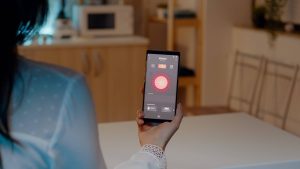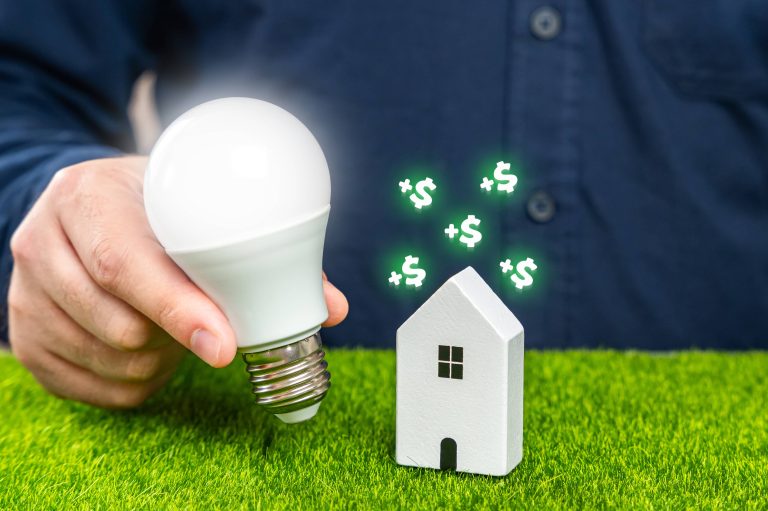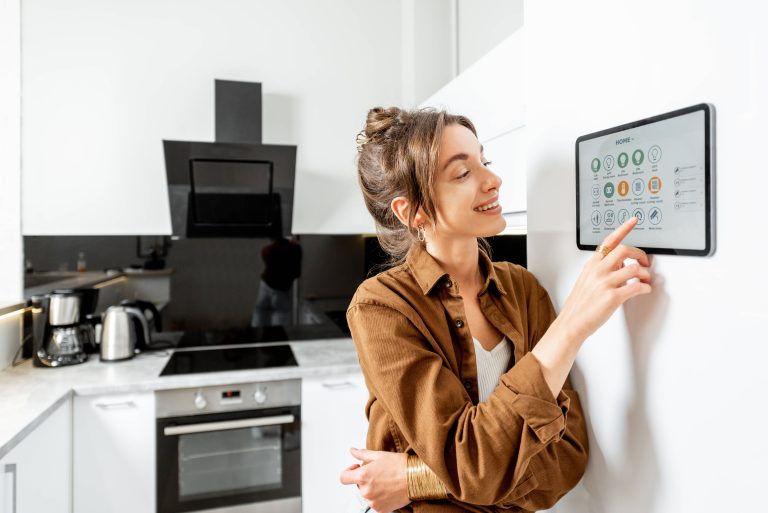![]()
In today’s increasingly connected world, smart homes are becoming the norm rather than the exception. From security systems to smart thermostats, the capability to control and monitor our living environment is constantly evolving. One of the most practical and cost-effective advancements in smart home technology is the smart plug. Designed to simplify the control of household appliances, smart plugs also offer the ability to track energy usage in real-time, presenting homeowners with an insightful glimpse into their energy consumption habits.
What Are Smart Plugs?
Smart plugs are compact devices that plug into your existing electrical outlets and connect to your home Wi-Fi network. Once installed, you can control the plugged-in devices through a mobile app or voice-controlled digital assistants like Amazon Alexa, Google Home, or Apple HomeKit. These plugs essentially convert regular electrical appliances into smart devices, allowing you to manage and monitor their operation remotely.
Why Track Energy Usage?
Understanding and regulating energy consumption is imperative for several reasons:
1. Cost Savings: By identifying which devices consume the most power, homeowners can optimize their usage patterns, thus reducing their electricity bills.
2. Environmental Impact: Lower energy consumption reduces the overall carbon footprint, contributing to a more sustainable environment.
3. Home Comfort: Knowing which devices use the most energy can help you schedule their usage during off-peak hours, balancing home comfort with efficiency.
4. Maintenance: Monitoring usage patterns can preemptively indicate potential issues with devices, aiding in timely maintenance or replacements.
Installing and Setting Up Smart Plugs
Setting up a smart plug is straightforward:
1. Choose the Right Plug: There are numerous brands on the market, each offering various features. Some popular options include TP-Link Kasa, Wemo, and Eufy. Ensure the smart plug you choose is compatible with your home’s Wi-Fi network and preferred smart home ecosystem.
2. Plug It In: Plug the smart device into an electrical outlet and download its associated mobile app.
3. Connect to Wi-Fi: Follow the app instructions to connect the smart plug to your home Wi-Fi network.
4. Integrate with Digital Assistants: If you use voice assistants, link your smart plug with Amazon Alexa, Google Home, or Apple HomeKit as needed.
5. Set Up Devices: Plug your appliances into the smart plug and configure them within the app for easy control and monitoring.
How to Track Energy Usage
Once your smart plug is installed, tracking energy usage is seamless. Most apps provide detailed, real-time data on energy consumption. Here’s how you can make the most of this feature:
1. Dashboard Overview: Your smart plug’s app will typically show a dashboard with real-time and historical energy usage data. This feature helps you understand which devices consume the most energy over specific periods.
2. Set Usage Alerts: Many apps allow you to set alerts for when a device uses more power than usual. This feature can be particularly useful for monitoring appliances when you are away from home.
3. Analyze Trends: Use the app’s reporting features to analyze consumption trends over days, weeks, or months. Look for spikes in energy usage and identify potential causes.
4. Efficient Scheduling: Many smart plugs provide the option to schedule devices to turn on or off at specific times. This ensures that high-energy devices operate during off-peak hours, potentially lowering electricity costs.
5. Device Management: If you notice a particular device consuming an excessive amount of energy, consider replacing it with a more energy-efficient model.
Practical Applications for Smart Plugs
Every smart home can benefit from the diverse applications of smart plugs, such as:
1. Home Entertainment: Connect your television, gaming console, and sound system to smart plugs. Schedule these devices to power down during inactivity periods, preventing energy waste.
2. Climate Control: Attach fans, heaters, or air conditioners to smart plugs. Automate their operation based on desired room temperatures and occupancy, thereby conserving energy while maintaining comfort.
3. Kitchen Appliances: Use smart plugs for coffee makers, slow cookers, or toasters, ensuring these appliances only operate when needed.
4. Safety and Security: Connect lamps and lighting systems to smart plugs to create a ‘lived-in’ appearance when you are away. This also allows you to turn lights on or off remotely for added security.
5. Office Equipment: Set up smart plugs for computers, printers, and chargers in your home office. Ensure these devices are powered down after work hours, reducing energy costs.
Conclusion
Tracking energy usage with smart plugs is a simple yet powerful way to manage your home’s energy consumption more effectively. By offering real-time insights, they empower homeowners to make informed decisions, optimize energy usage, and ultimately save money. Not only are smart plugs a key element of smart home entertainment and comfort, but they also play a crucial role in fostering an environmentally conscious lifestyle.
Adopting smart plug technology in your home can significantly enhance your overall living experience. It is a small investment that pays off in substantial ways, from reducing utility bills to ensuring your home remains cozy, efficient, and secure. As we continue to embrace smart home advancements, integrating smart plugs into your household setup is an easy step towards a smarter, more sustainable future.







